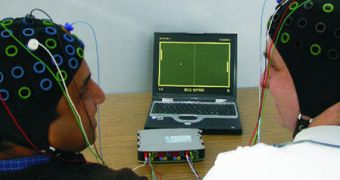This isn't just your normal wishful thinking, that just won't do anymore. Apparently, being absorbed into such a technologically advanced world, in which a person doesn't have to do anything physically anymore, isn't a far fetched idea. The process has begun through the introduction of more and more robots in factories and different lines of work. These machines have the ability of doing whatever a human can do in less time; they are generally compared to the number of people they replace "it does the work of 15 men". We only look at the benefits, why not, we are all capitalists, everybody thinks about how to make more money in order to pursue their own goal in life.
So a machine can do things you can't do: it can build, it can withstand environments you normally are very limited in or are actually unable to withstand. They don't need vacations, they don't require salaries, they never complain, nag, or waste time with other co-workers out for a smoke. They can be programmed to do whatever you want them to do, and the examples can go on considering that we have refrigerators which order food over the Internet when a particular aliment is about to run out.
And we let them take over more and more aspects of our life. I mean, we enjoy the comfort and take advantage of this, while letting the machines indirectly control us. Imagine a world, for both kids and grownups, without the Internet for instance, not such a pretty picture is it, and a couple of years ago this was thought to be something deemed of being the subject of a motion picture.
Taking this one step further is an Austrian company which have created a Brain-Computer Interface(BCI). It works by monitoring the changes in your brain waves similar to the Electroencephalogram (EEG) or the Electrocorticogram (EcoG) you get in a hospital. The g.tec BCI research platform has received the European ICT Prize 2007.
The BCI system can be realized with either a portable g.MOBllab, which sends data to the computer through a wireless connection, or with the g.USBamp which connects through the USB port and has a greater data transfer capability than the portable version. The system allows for control of the mouse and for data input over the computer, but has been created for completely paralyzed patients (locked-in syndrome) allowing them to communicate with their environment.

 14 DAY TRIAL //
14 DAY TRIAL //